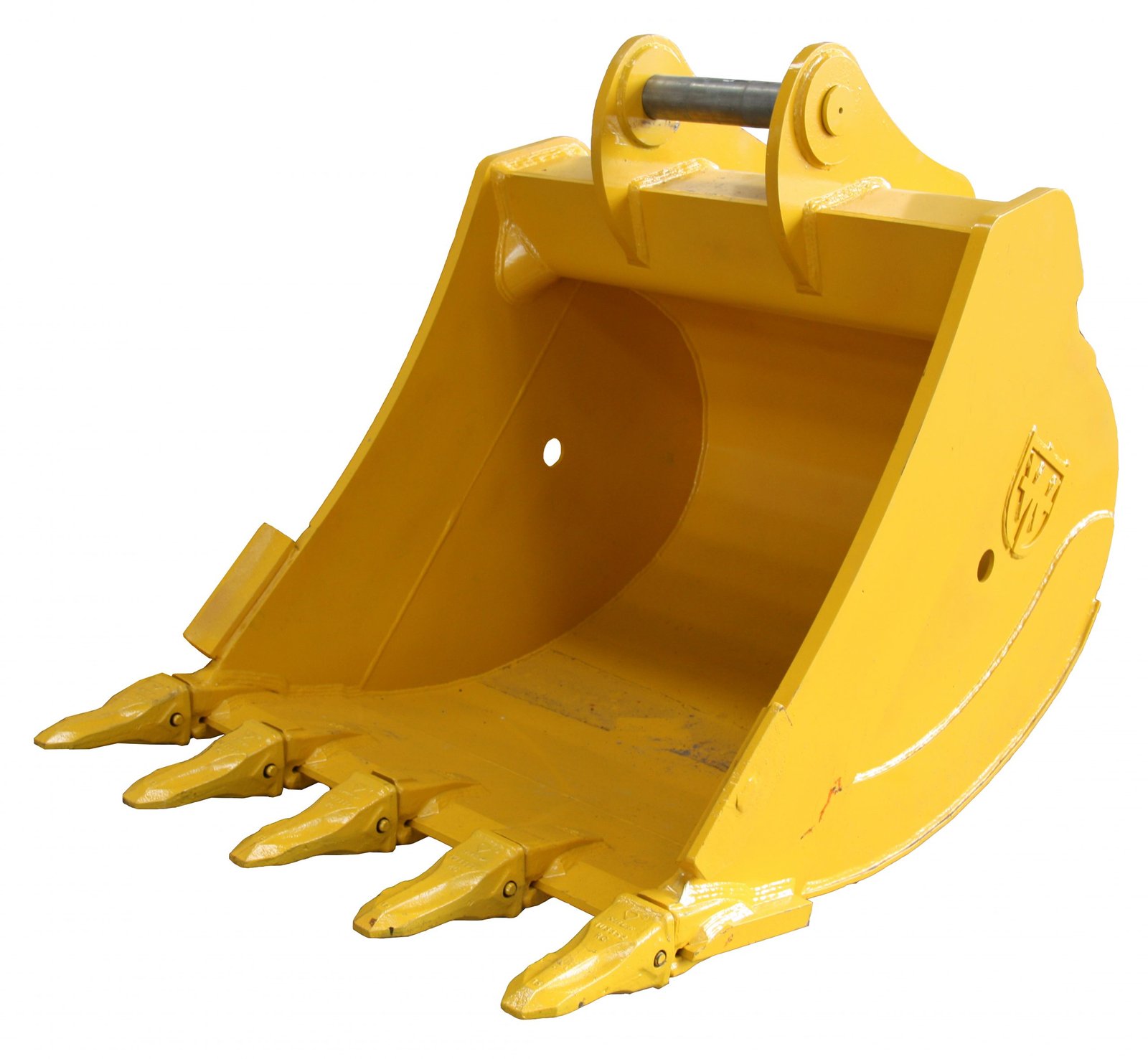Riverbeds are vital ecosystems, but they are often victims of human negligence. Trash, construction debris, and natural sediment accumulation clog waterways, disrupting ecological balance and causing flooding risks. Over the past decade, specialized excavation equipment has transformed how riverbed cleanup projects are executed. One such tool leading the charge is the Rock Bucket.
This case study explores how Rock Buckets have played a crucial role in successful riverbed cleanup initiatives worldwide, highlighting their design, application, and impact on environmental restoration.
A Rock Bucket is a heavy-duty attachment designed for excavators, loaders, and skid steers. Its structure includes tines (teeth) with gaps between them, allowing smaller particles like silt and water to pass through while retaining larger debris like rocks, roots, and trash. This makes it the ideal tool for working in riverbeds where selective sorting of materials is critical.
In riverbed cleanup, the Rock Bucket is not just a tool but a game changer. It enables operators to:
✅ Efficiently remove large stones, roots, and debris without disturbing the river’s natural sediment.
✅ Sift through materials, leaving clean soil and sand behind.
✅ Access difficult-to-reach areas thanks to its robust yet precise design.
In 2022, a major tributary of the River Ganga faced blockages from years of garbage dumping and natural rock deposition. The goal was to clear 8 km of riverbed without harming the aquatic life.
Large boulders mixed with organic waste
Need for minimal disruption to water flow
Tight deadlines before monsoon season
Excavators equipped with Rock Buckets were deployed along the riverbanks. Their ability to scoop out large debris while letting finer sediment filter back into the riverbed preserved the natural ecosystem.
90% of debris cleared in 45 days
Significant improvement in water flow
Restoration of aquatic habitats noted within 3 months
This project set a precedent for sustainable riverbed cleaning practices.
A minor channel of the Mississippi had become shallow due to rock and sediment build-up, threatening nearby wetlands. The project involved removing the excess material while maintaining water clarity.
The project team selected Rock Buckets because:
Their open-frame design reduced water turbulence
They could separate valuable rocks for reuse in bank stabilization
The attachment was compatible with existing excavator fleets
Over 500 tons of rocks were removed and repurposed for erosion control along riverbanks. Sediment disturbance was minimal, earning praise from environmental agencies for the low ecological footprint of the cleanup.
The case studies highlight several advantages of using a Rock Bucket for riverbed cleanup:
When choosing a Rock Bucket for riverbed cleanup, consider:
High-tensile steel construction for durability in harsh conditions
Wide tine spacing for effective sifting
Reinforced edges to handle heavy boulders
Compatibility with multiple machine types (excavators, loaders, skid steers)
As environmental regulations tighten globally, equipment like the Rock Bucket will play an even larger role in sustainable waterway management. Its ability to combine precision and strength makes it indispensable for contractors and environmental agencies alike.
From the Ganga to the Mississippi, these tools prove that with the right approach and machinery, we can restore the health of our rivers efficiently and responsibly.
The Rock Bucket is more than a rugged attachment—it’s a vital ally in ecological restoration. Whether tackling large-scale riverbed cleanups or smaller waterway maintenance, its role in protecting our natural water systems is undeniable.
If you’re planning a riverbed restoration or similar project, investing in a high-quality Rock Bucket could be the key to success.